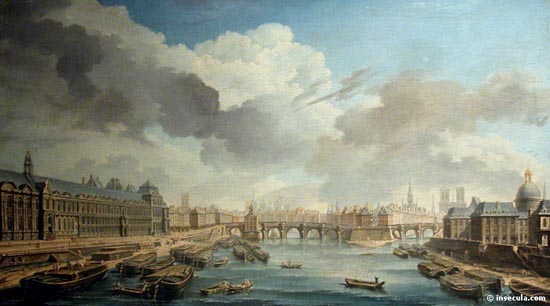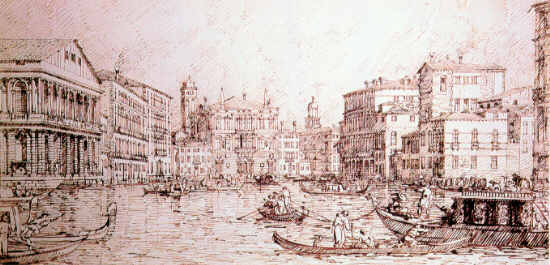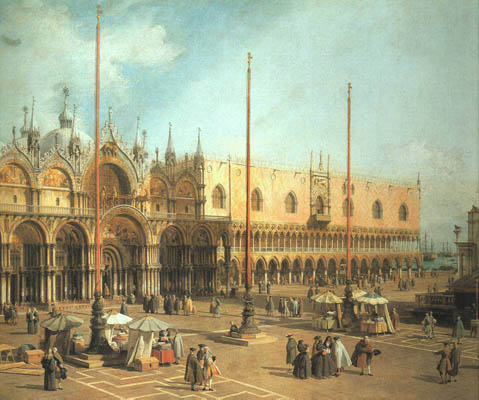
Home
L’Eventail
Exhibition Parcours Baroque
NEW
Le Ballet de l’Amour Malade
Saynètes des rues, des rivières et des bois
Prologue au Cabinet des Fées
Don Juan
Voyage en Europe
The Carnival
Les Caprices de la Danse
Ballet des Masques
Press Review
Links in Baroque Dance
L’EVENTAIL BAROQUE DANCE COMPANY
presents
Ballet in 2 parts
Music by
| Lully, Campra, Marin Marais, Desmarest, Purcell |
Musical highlights from opéras-ballets, lyric tragédies and comédies-ballets |
Vivaldi |
Sonata en D minor for 2 violons Concerto in D major for 2 violons and luth Concerto in C major for mandoline Sonata in D minor “La Folia” |
A creation by
L’Eventail Baroque Dance Company
and the Printemps des Arts
| Design and choreography | Marie-Geneviève Massé |
| Original idea of | Philippe Lénaël |
| Costumes | Patrice Bigel |
|
with |
|
France and Italy unite in Dance

This choreography presents two aspects specific to baroque dancing today:
- historical: recreation of ballroom dancing and dances carried out in theatre during the 18th century. Information on these dances were transmitted in texts on French music left by dance masters at the time of Louis the 14th;
- contemporary: pure creation inspired by these ancient texts on music by Vivaldi.
A bridge is created between the modern dancer and Vivaldi who lives on in the masked city - Venice. France and Italy unite in Dance.
First Part, France
Thanks to the invention of a notation of dancing, solos and ‘danses pour couple’ choreographied in the French 18th century by dancing masters such as Louis-Guillaume Pécour and Raoul-Auger Feuillet are still available nowdays.

France was at that time the indisputable reference in Europe for the art of dancing, thus by play, inclinaison and curiosity we cannot but present them like reflections in a mirror. Which one is the most distorting? The one that puts back these dances in the aesthetic and historical context of baroque, with Louis XIV’s courtier as fancied on the eve of the Siècle des Lumières? Or the other one that reflects the work of a modern dancer in a dance studio, as in an everyday but extraordinary timeless world?
| Jean-Baptiste Lully | Entrée d’Apollon,
Le Triomphe de l’Amour, 1681 |
| Henry Desmarest | Le Rigaudon de Didon, 1693, Act II, scene 1 |
| Jacques Cordier, known as Bocan | La Bocane, Courante,
Harmonie Universelle, Mersenne, 1636 |
| Louis Guillaume Pécour | Passepied,
Suite de Danses recueillies par André Danican Philidor, 1699 |
Jean-Baptiste Lully | L’Entrée espagnole du Bourgeois Gentilhomme
(Ballet des Nations), 1670 |
| André Campra | Le Rigaudon des Festes Vénitiennes, 1710,
Le Bal, 6: Deuxième Entrée |
| Jean-Baptiste Lully
& Pascal Colasse |
La Bourrée d’Achille,
Achille & Polyxène, 1687, Prologue |
| Jean-Baptiste Lully | La Passacaille de Persée, 1682, Act V, scene 8 |
| Marin Marais | La Matelotte d’Alcyone, 1706, Act III, scene 2 |
| Henry Purcell | Les Contrefaiseurs, Contredanse,
Premier Receüil de danses de bal pour l’année 1703 de la composition de Mr Pécour, Raoul Auger Feuillet, 1702 |
| Henry Purcell | La Fürstenberg,
The Virtous Wife, c. 1694, Z611 |
| Jean-Baptiste Lully | Entrée des Divinités de Persée, 1682, Act II, scene 10 |
| André Campra | Polichinel des Festes Vénitiennes, 1710 |
| André Campra | La Forlane du Carnaval de Venise, 1699, Le Bal |
| André Campra | La Bretagne de Télémaque, 1704, Prologue |
| La Bussecotte |
Second Part, Venice
Whether it be the exuberance of the allegro movement or the pathetic groan of the slow movement, a Vivaldi concerto invariably transports us to Venice. The impetuous city is reflected in the master’s concertos.
Each Concerto is an iridescent tableau of a Guardi or a Tiepolo. Ephemeral pleasure, seduction, lyricism, and marvellous rhythmical impulses of the lute and violins answer to the enchantment, caprice and extravagance of the Venetian carnival.
Bautas, dominos, dancers beautifully dressed, appear seduced by the poetry, folly and charm of the Venetian city.
| Antonio Vivaldi | Sonata in D minor for two violins
Prelude, Corrente, Grave, Giga |
| Concerto in D major for two violins and lute
Allegro, Largo, Allegro |
|
| Concerto in C major for mandoline
Allegro, Largo, Allegro |
|
| Sonata in D minor “La Follia” |

Presse Océan, June 21, 1993
The Times, Albert G. Torace, October 1997
Les Saisons de la Danse, Jacquemine Guilloux, January 1997
Les Saisons de la Danse, Christine Martin, October 1997
[Back to top of page.] [Version française.]
Number of visitors
Copyright © L’Eventail 2004




